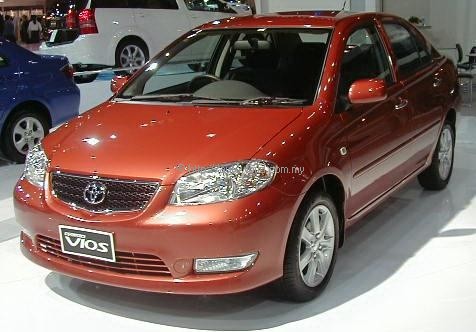Honda City Production to be Increased
With over 3,000 orders already taken for the new Honda City – and that is less than a month after the model was launched – the waiting period has extended to at least four months now.
The strong demand has taken many by surprise and to reduce the waiting period for customers, Honda Malaysia is increasing production. Now that it has its own plant (at Pegoh in Melaka), it can quickly respond to surges in demand and will get a second shift going in August. This will take production to more than 1,500 units a month, most of which will be of the City since that is destined to take over as the best-selling Honda this year. The plant has an installed capacity of up to 20,000 units a year.
The City has certainly been the talk of Malaysia, not so much for its technological advancements like the 7-speed CVT transmission and i-DSI engine with two spark plugs but for that just amazing price of RM78,888. Clearly, Honda Malaysia is making some sacrifices in profit margins as it intends to grab back market share lost in the past two years.
The ‘City effect’, as one would call it, gives Malaysian consumers a preview of how the market could be in the AFTA era when the playing field gets leveled and competition is more intense among the global makes. As a result of the City’s pricing, UMW Toyota Motor is known to have revised the price of both versions of its Vios model which had been announced as being RM85,000 and RM95,000. The local Vios website shows that the price is now RM75,500 for the Vios 1.5E and RM82,500 for the better-equipped Vios 1.5G, both of which will be launched before the middle of the year.
Both companies are global players with vast marketing experience so both approaches should be valid strategies. While Honda Malaysia has chosen to load everything into a single version, UMW Toyota Motor is aiming to capture some additional sales from people to whom RM3,000 may make a difference and are prepared to accept some sacrifice in features.
Both brands are strong and well established with reliability, quality and customer service levels of the highest standards so it will probably be more of a City+Vios versus the Korean makes which have so far captured market share by selling on price. As for the national makes, Proton may be hit by the ‘City effect’ more than Perodua as its Waja 1.6 price is not that far off and the engine size is also relatively close.
The quick response by UMW Toyota has been possible because the government has basically removed the price approval process for locally-assembled models. This means that a company can set its own price and change it at any time it wishes; until this year, proposed prices had to be submitted to MIDA for approval – a time-consuming process – and there were certain limitations on how many times the price of a model could be changed in a year unless economic factors such as currency changes were substantial.
Free market forces will therefore dictate prices and consumers will be the ones who influence things from now on. Naturally, since the thing they have all been wanting since 1985 is cheaper cars, the pressure will be on manufacturers to offer lower-priced products in coming years.



























